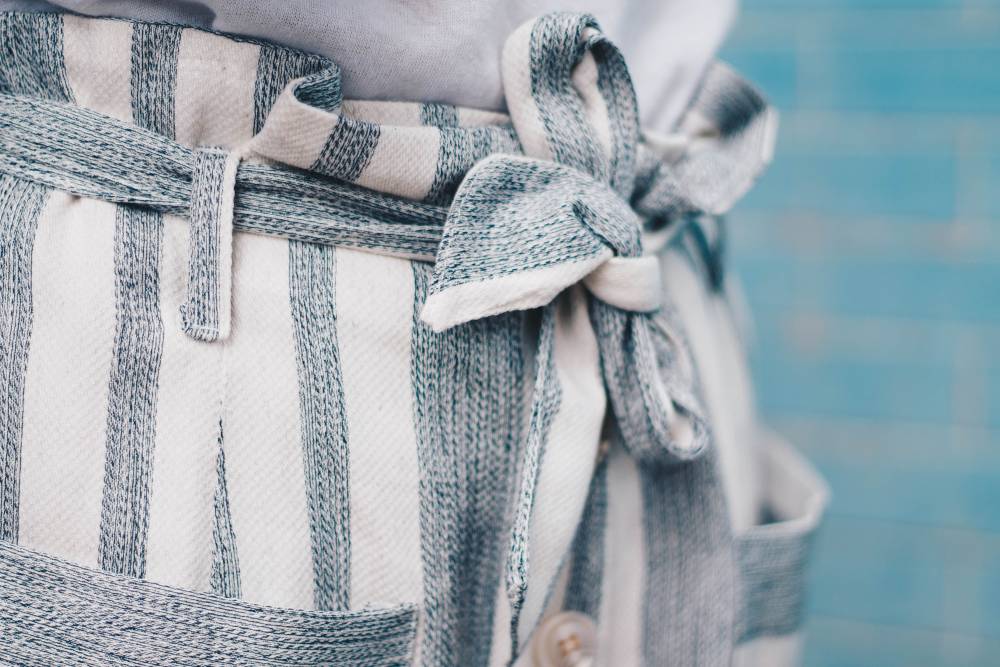
The demand for upcycled clothing is rising. There is a regain interest in upcycling clothes among conscious consumers and in the fashion industry as a whole. And that's excellent for everybody.
Upcycling clothes is making new pieces of clothing by cutting and sewing used garments and other textiles. It gives a new life to old items in your wardrobe and extend the time they are being used. Some upcycled clothes are even biodegradable or recyclable at the end of their lifecycle.
The fashion industry is one of the largest polluters globally. With the rise of fast fashion over the last 20 years, it has disastrous social and environmental consequences.
The fashion industry has a catastrophic contribution to climate change. It's responsible for more than 8% of all carbon emissions globally each year. The apparel and textile industry is still growing and its CO2 emissions will increase by 50% by 2030.
But fast fashion brands and retailers aren't the only ones having a negative impact. As consumers, every clothing purchase we make influence the lives of people, animals, and ecosystems on the planet.
Fortunately, the green movement is booming. People are starting to care more about how their clothes are being made. They pay more attention to the quality, durability, and sustainability of products along with price, style, and accessibility.
Upcycling clothes is an outstanding way to minimize the impact of fashion on the environment. It's part of the ethical and sustainable fashion movement. Here is what upcycled clothing mean.

Panaprium is independent and reader supported. If you buy something through our link, we may earn a commission. If you can, please support us on a monthly basis. It takes less than a minute to set up, and you will be making a big impact every single month. Thank you!
What Is Upcycled Clothing In Fashion
"Reuse (discarded objects or material) in such a way as to create a product of higher quality or value than the original."
- Oxford English Dictionary
Upcycling clothing allows to repurpose old and unwanted clothes into new pieces that are more valuable and useful. Instead of throwing old clothes away, and without breaking them down entirely, upcycling uses them to make something worthwhile.
"Upcycling, also known as creative reuse, is the process of transforming by-products, waste materials, useless, or unwanted products into new materials or products of better quality and environmental value."
- Wikipedia

Upcycling clothes is more efficient and less resource consuming than recycling. You can even upcycle your old clothes at home without extra machinery.
Upcycled clothing usually includes items of higher quality and utility. A lot of different upcycled products and Do-It-Yourself (DIY) techniques also exist outside of the fashion industry.
Upcycling is often used for old clothes that cannot be recycled otherwise. Instead of letting them end up in landfills and adding up to the enormous pile of textile waste already there, they are transformed into upcycled material.
This practice is very beneficial to the planet as a whole. It adds value to waste materials and save large amounts of resources such as water and energy.
Old textiles are given an extended life and continue to be very valuable for a long time after their usefulness would have ended otherwise.
On the other hand, downcycling is the process of creating something of lesser value. Old clothes and other textiles are often downcycled or shredded into materials for insulation, carpet padding, yarn, and other uses.
We are on the brink of a global social and environmental crisis. It's now more important than ever to reduce the impact of fashion in raw material sourcing, manufacturing, distribution, consumption, end of lifecycle, and waste management.
The natural resources on Earth aren't infinite. Sustainable and ethical fashion is rising to change the traditional linear concept of take-make-waste into a more circular and regenerative fashion system.
Are you new to conscious fashion? Then check out my definition of sustainable fashion and why it matters.

Extending the life of clothes, recycling, and upcycling are all very important methods to build a sustainable fashion future.
Upcycled clothing has the potential to bring down carbon emissions and the global warming contribution of the textile and apparel industry.
By making and wearing upcycled clothes, we remove the need to manufacture new garments. We save raw materials and resources, reduce land, air, and water pollution.
Upcycled clothes have a more positive impact on the environment than designing and manufacturing new garments from scratch.
Today, the overconsumption and overproduction of new clothes in widely spread. Instead of buying from fast fashion stores, it's a lot better to thrift and give old garments a new life.
If you don't know if the stores you regularly buy new clothes from are ethical, I encourage you to read up my guide on how to know if a store is fast fashion.
The positive social impact of upcycled clothing is also significant. By buying upcycled clothes, you support local businesses, industries, and artisans involved in the collection, sorting, manufacturing, and shipping of textiles.
Getting involved in upcycling is an easy way to support local communities and upcycling centers near you. You can find upcycled clothing at local shows, flea markets, farmer's markets, and town markets.
It's an excellent way to engage and connect with a community of like-minded people who use passion and creativity for a greater good.

Experts' Opinions On Upcycling Clothes
Here is what experts are thinking about upcycled clothes in fashion:
"First, unless you are adding value, and the new item is worth more than the material it was made from, it is not upcycling. Second, recycling tends to involve a mechanical or chemical process to create a new material. Upcycling tends to focus on retaining the value of the material in the state that it is in."
- Kresse Wesling, co-founder and Environmental Designer at Elvis & Kresse
"In a world still churning out trendy throw-away fashion pieces at breakneck speed, the idea of upcycled or refashioned apparel can be an anomaly. But it is a continuously growing trend and is one of the most sustainable things people can do in fashion. As upcycling makes use of already existing pieces, it often uses few resources in its creation and keeps ‘unwanted’ items out of the waste stream."
- Beth Stewart, co-founder and Executive Director at Redress

"When you buy a shirt at the mall, there are 6 identical shirts available in each of the 4-5 sizes. With upcycling, the designer doesn’t often have the luxury of reusing the same pattern with multiple garments - it just won’t fit the fabric. As a result, most upcycled items end up being one-of-a-kind."
- Maury Argento, Filosano founder
"I upcycle clothing into fresh and wearable pieces of art. I accomplish this by recycling garments of all kinds, whether using the garment as a whole or some of its parts for fabric or new sleeves, bodice, etc. Wedding dresses and other formal wear are favorite raw materials of mine to work with."
- Kym Brown, Bombshell Revival owner
"I don’t like the word “upcycle,” it’s a word mismatched to its definition. Upcycle could be a flying bicycle, the rave setting on your clothes dryer, or that one majestic week a month when you’re not pre-period, mid-period, or post-period and everything seems pretty, pretty good. What “upcycled fashion” doesn’t conjure is what it is: a wonderful feat of design and your rarest fashion item."
- Laura Jones, fashion stylist, and The Front Flash founder
"Upcycle means to process used goods or waste materials to produce something that is often better than the original. For example, recycling a worn t-shirt could mean you use them as dust rags. An upcycled garment is typically one of a kind. This requires a considerable amount of creativity and vision in addition to environmental consciousness."
- Judi Townsend, Mannequin Madness owner

Upcycled clothing is so much more than a new trend in the fashion industry. It's part of the fashion revolution that drives positive changes toward sustainability.
Upcycled clothing is not only beneficial for the environment but also support local businesses and communities. It allows for more creativity, uniqueness, and a sense of purpose.
It contrasts with the mass production and bulk manufacturing of most fashion items with stylish and individual pieces using repurposed textiles.
Upcycled clothing isn't alone going to save the planet but it contributes to more social and environmental stewardship in an intensely wasteful industry in need of transformation.
Having so many benefits, does upcycled clothing appeal to you?

Was this article helpful to you? Please tell us what you liked or didn't like in the comments below.
About the Author: Alex Assoune
What We're Up Against
Multinational corporations overproducing cheap products in the poorest countries.
Huge factories with sweatshop-like conditions underpaying workers.
Media conglomerates promoting unethical, unsustainable products.
Bad actors encouraging overconsumption through oblivious behavior.
- - - -
Thankfully, we've got our supporters, including you.
Panaprium is funded by readers like you who want to join us in our mission to make the world entirely sustainable.
If you can, please support us on a monthly basis. It takes less than a minute to set up, and you will be making a big impact every single month. Thank you.










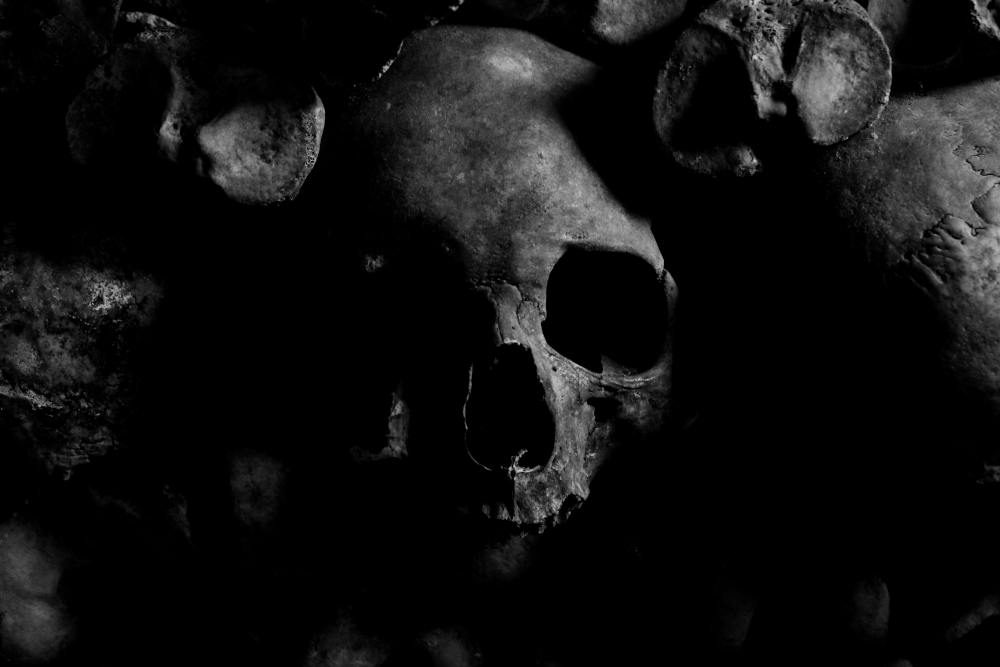



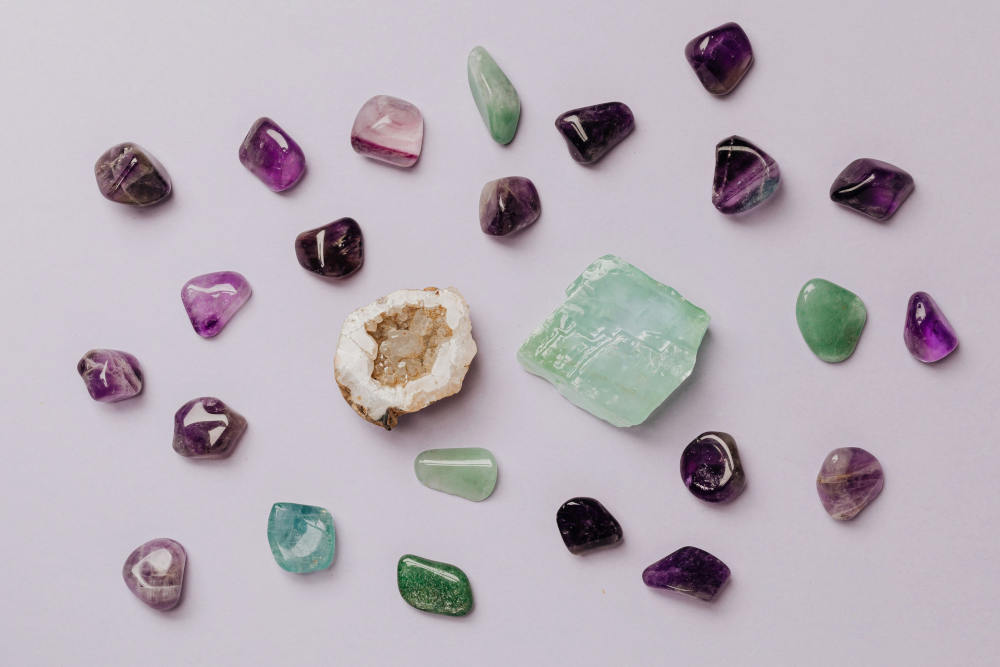
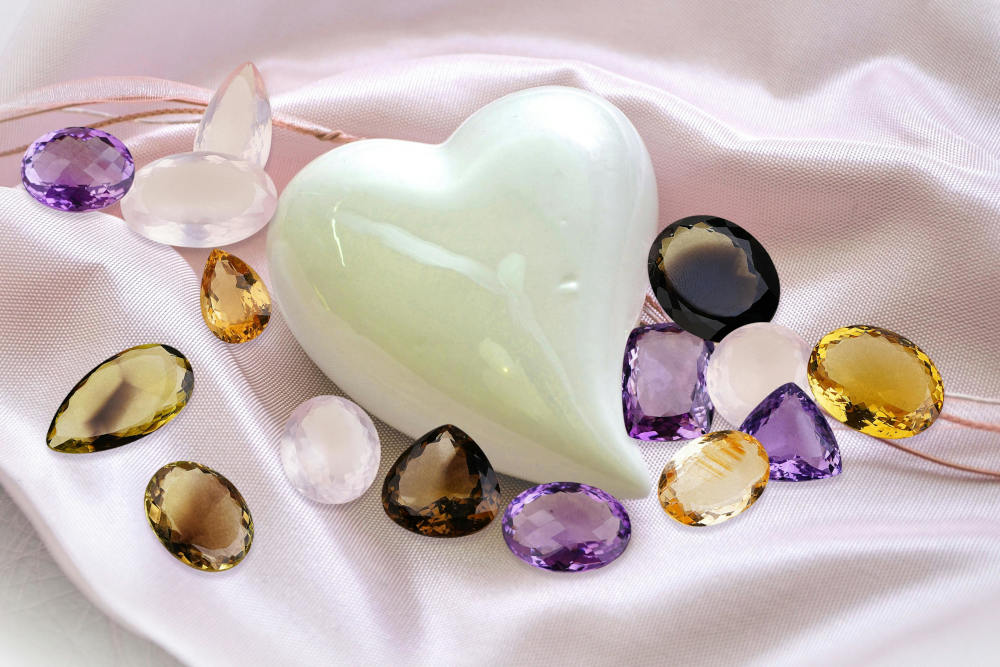



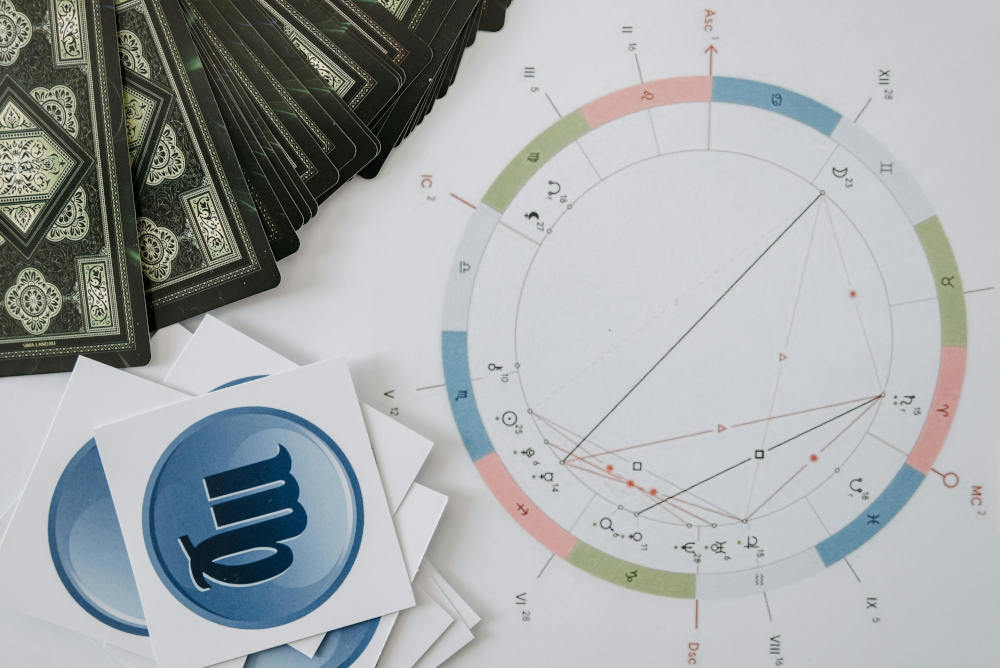











0 comments